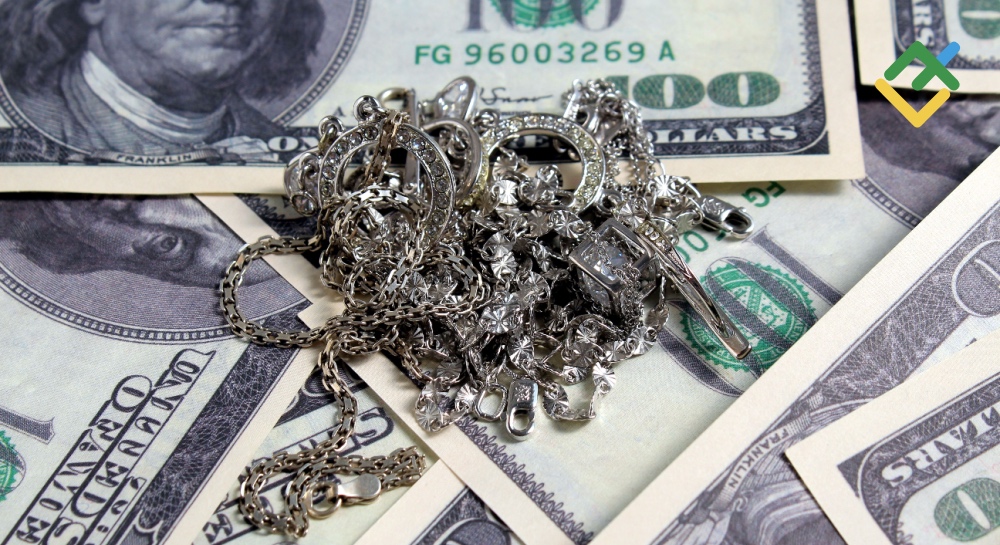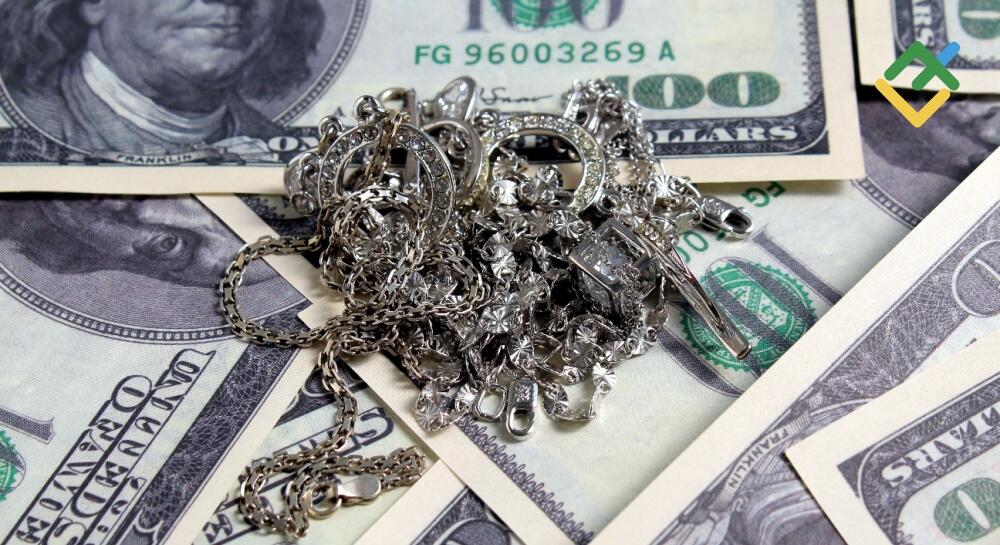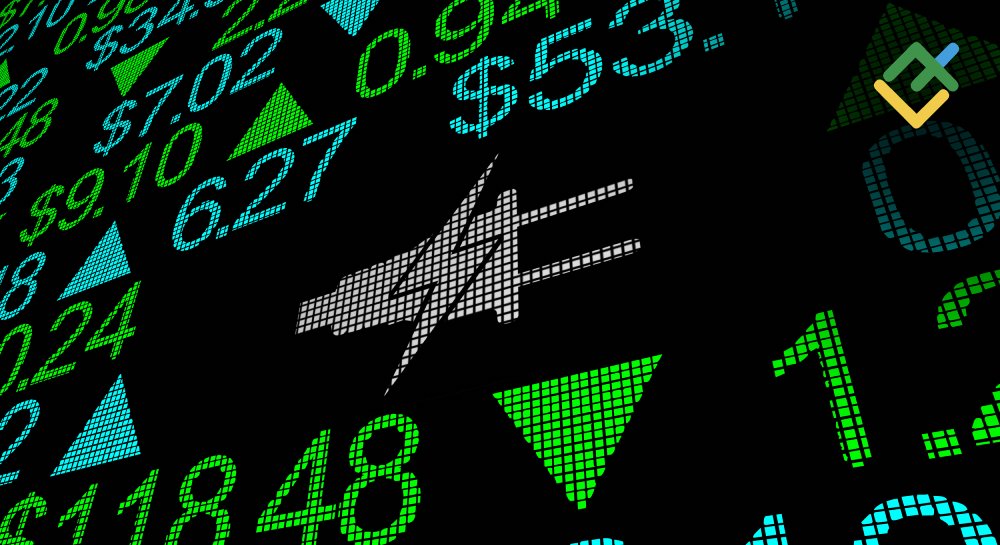
The silver market remains fundamentally strong, but this is insufficient to fuel a rally in the XAGUSD. The precious metal is declining due to Donald Trump’s policies and may start a consolidation in the coming months. Let’s discuss this topic and make a trading plan.
The article covers the following subjects:
Major Takeaways
- The silver market is experiencing its fourth consecutive deficit.
- Silver ETFs will see inflows for the first time in three years.
- Donald Trump’s protectionism is putting pressure on the XAGUSD.
- Silver may consolidate in the ranges of $27.5–$31.5 or $28.5–$32.5 per ounce.
Silver Fundamental Forecast for Six Months
Following a period of growth that saw prices reach their highest level since October 2012 at almost $35 per ounce, the price of silver tumbled following Donald Trump’s victory in the US elections. The Republican Party’s protectionist policies may result in a deceleration of global economic growth and a reduction in global demand for the metal. At the same time, US inflation may accelerate, forcing the Fed to pause the monetary policy easing cycle, strengthening the US dollar and increasing Treasury yields.
From a fundamental standpoint, the silver market is robust. The Silver Institute projects a fourth consecutive deficit and further stock declines. Industrial demand in 2024 is set to expand by 7% and reach the 700 million ounce milestone for the first time in history. Demand for silver jewelry and silverware is expected to grow by 5%.
Silver’s Market Balance and Stock
Source: Silver Institute.
Despite a 15% decline in investment demand, silver ETFs are on track to experience their first inflows in three years due to the start of the Fed’s monetary expansion cycle. As reported by SilverStockInvestor, the average increase in XAGUSD quotes over the past three cycles has been 332%. Furthermore, historical data indicates that silver outperforms gold in the pre- and post-recession phases. Given the anticipated performance in the US market during the first half of 2025, it is an opportune time to purchase silver.
However, any hasty decisions should be avoided. The introduction of tariffs and fiscal stimulus by Donald Trump will have a pro-inflationary effect, prompting the Fed to put rate cuts on pause. Similarly, as was the case in 2016, the precious metal experienced a decline following Trump’s victory. From 2017 to 2019, the price remained within a trading range of $14.50 to $18.50 per ounce. The rally commenced in late 2018, coinciding with a deceleration in US GDP growth to 0.6% in the fourth quarter and a cooling labor market. Employment figures often fell below 100,000 per month during that period, leading to speculation about a potential reduction in the Fed’s interest rate.
Fed Funds Rate and Silver Price Change
Source: Trading Economics.
History will likely repeat itself. There are numerous inconsistencies in Donald Trump’s policy proposals. The Republican returns to the White House in response to Americans’ dissatisfaction with high inflation, although his policies may end up exacerbating the problem. He plans to accelerate GDP growth, but trade tariffs will have the opposite effect.
The early years of Donald Trump’s presidency will likely be challenging for the silver market. A strong US dollar and rising Treasury yields will create roadblocks that even a fundamentally strong market may struggle to overcome. However, the XAGUSD rally is expected to resume in 2027–2028.
Trading Plan for Silver for Six Months
In the meantime, silver is expected to start a prolonged consolidation period, with prices likely to remain within the ranges of $27.5–$31.5 or $28.5–$32.5 per ounce. The proposed strategy suggests opening short trades on silver during growth and initiating long trades as the quotes decline.
Price chart of XAGUSD in real time mode
The content of this article reflects the author’s opinion and does not necessarily reflect the official position of LiteFinance. The material published on this page is provided for informational purposes only and should not be considered as the provision of investment advice for the purposes of Directive 2004/39/EC.
{{value}} ( {{count}} {{title}} )
This post is originally published on LITEFINANCE.





